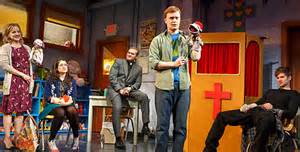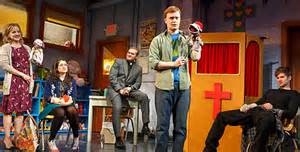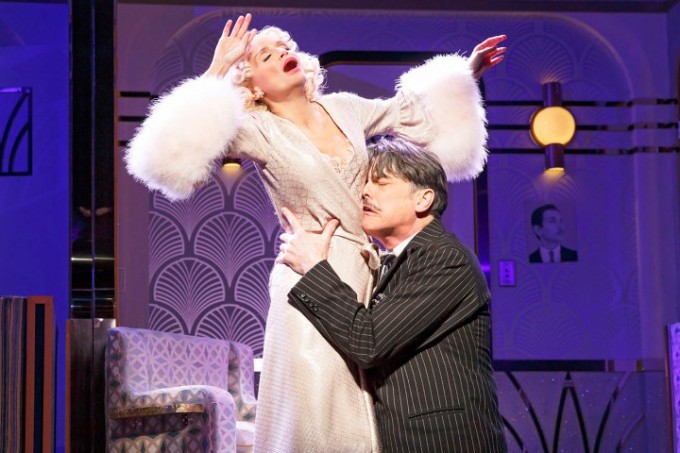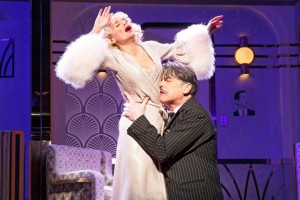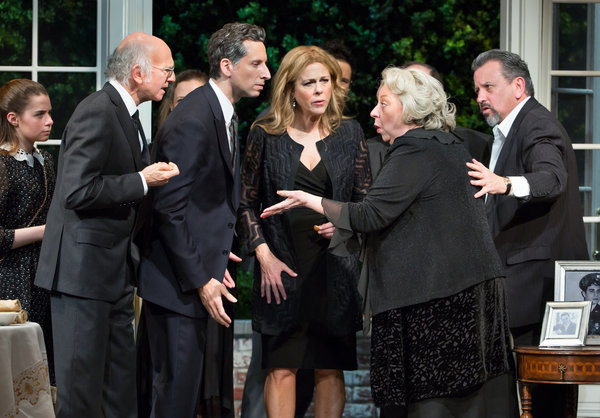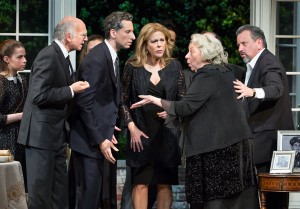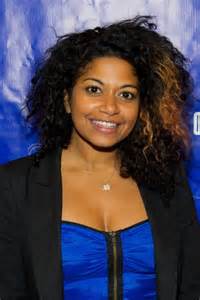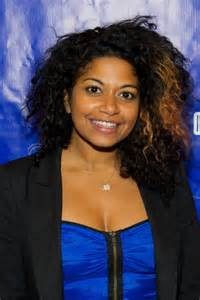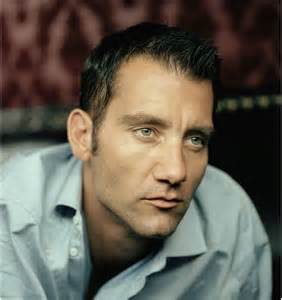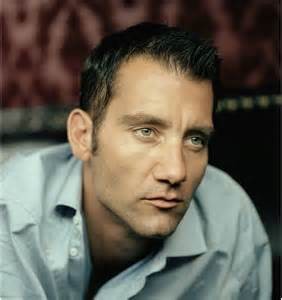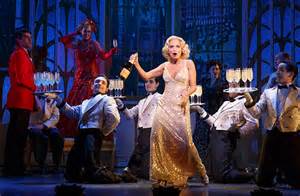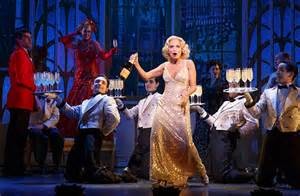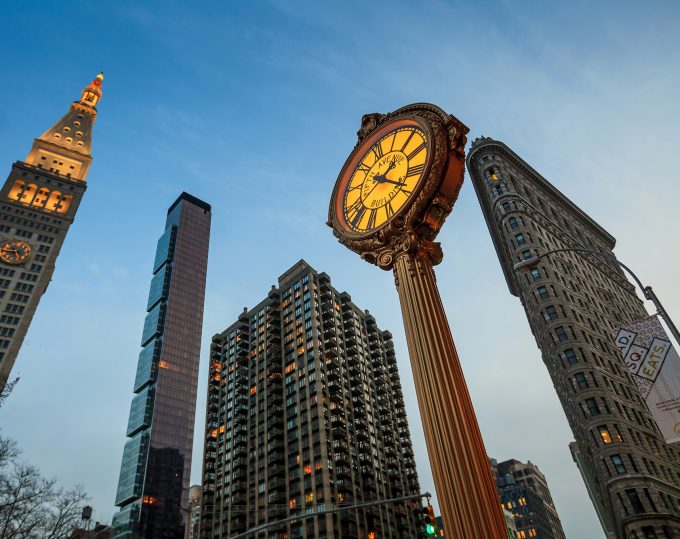
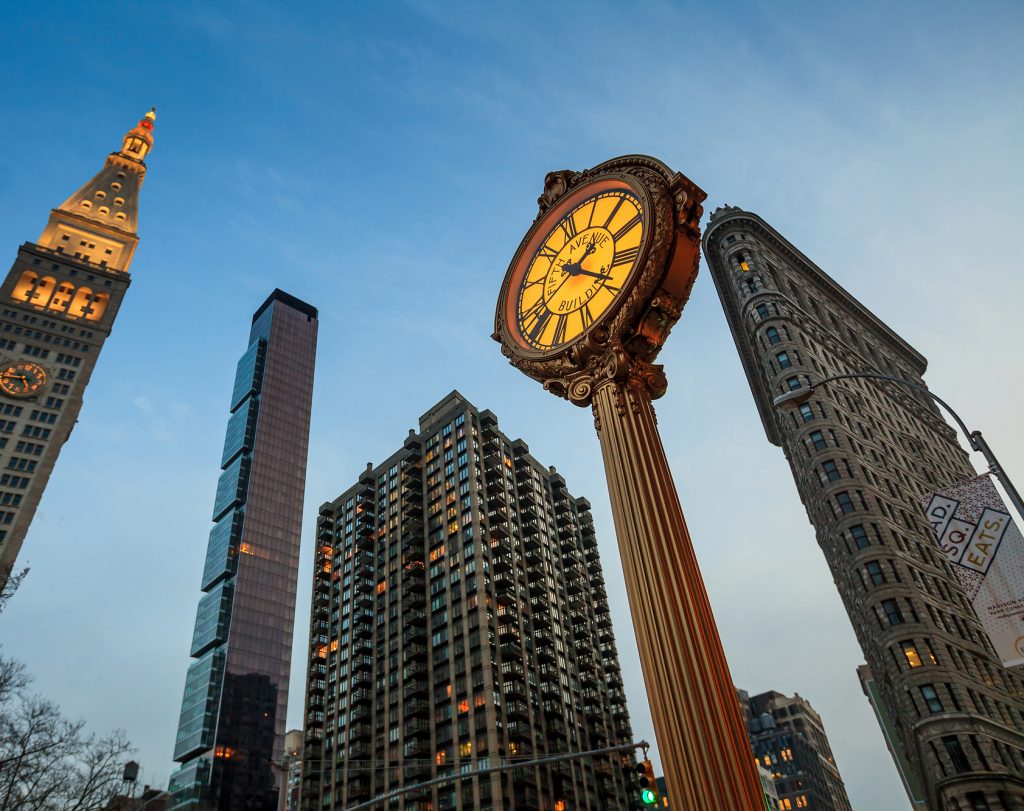
The shutdown of Broadway in March of 2020 was the first time that Broadway went dark due to a public health crisis.
After the terrorist attacks on the World Trade Center in 2001, Broadway shut down for two days. The barriers to attendance at that time were mostly transportation issues. Theatre was a welcome escape from current events.
Unlike this century, the flu pandemic from 1918-1919 did not close Broadway. Other historical closures were due to union strikes, and were measured in weeks rather than months and years.
Theatres all over Manhattan have sat dark for over a year. Now, one at a time, they are turning their lights back on.
The impact of the shutdown will be with us forever. It is changing how we think about theatre and what it does. It is also changing the way we do theatre. Professionals in every aspect of theatre are discussing how we schedule rehearsals, technical rehearsals, previews, and shows. The pause has allowed the industry time to take a good look at itself, what it does, and what it wants to be.
Springsteen on Broadway • Pass Over • Hadestown • Waitress • Hamilton • Wicked • The Lion King • Chicago • Lackawanna Blues • Six • David Byrne’s American Utopia • Come From Away • Chicken & Biscuits • Moulin Rouge! • The Musical • Is This A Room • The Lehman Trilogy • Aladdin • Thoughts of A Colored Man • Dana H. • To Kill A Mockingbird • Freestyle Love Supreme • Tina-The Tina Turner Musical • Caroline, or Change • Girl From the North Country • Ain’t Too Proud-The Life and Times of The Temptations • Jagged Little Pill • Mrs. Doubtfire • The Phantom of the Opera • Trouble in Mind • Diana • Clyde’s • The Book of Mormon • Flying Over Sunset • Company • Harry Potter and the Cursed Child • MJ The Musical • Dear Evan Hansen • The Music Man • Skeleton Crew • Paradise Square • Plaza Suite • Take Me Out • Birthday Candles • How I Learned To Drive • The Minutes
We will be discussing the effects of the pause for years to come.
In the meantime, here is a complete timeline of every show with a scheduled opening as of this writing, in order, with a countdown. Broadway is coming back. This is the time to ask: What has it become?

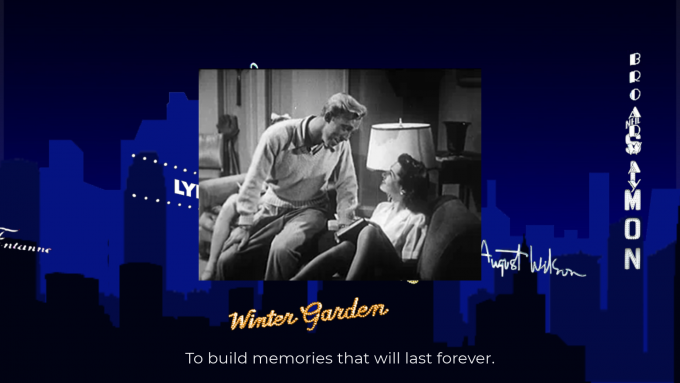
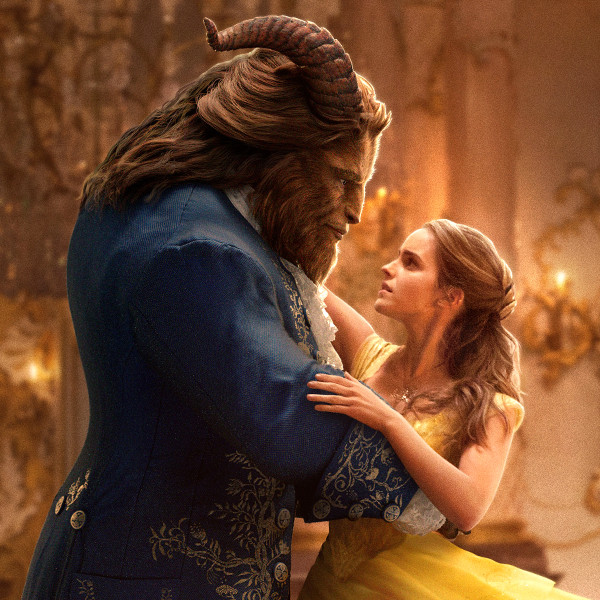


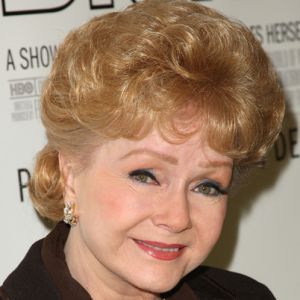
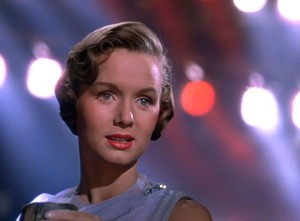
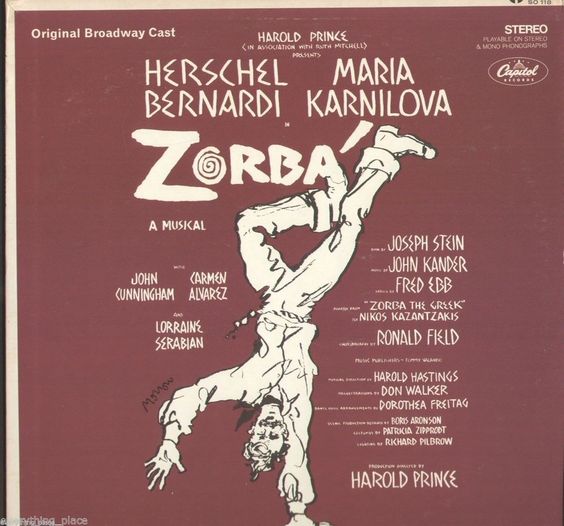
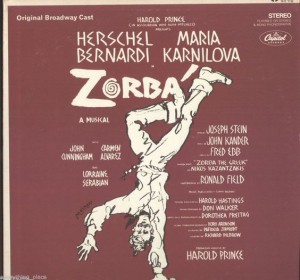
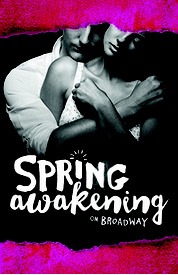
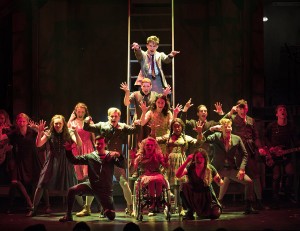 incorporated into more and more performances. Theatres are finding ways to incorporate proper translations, less stimulating sound or lights, as well as venues committed to the whole experience of sensory performances for young ones with autism. The great thing about using American Sign Language in theatre is that there isn’t a problem with performance and syntax. The expression of the language in song is meant to be fluid with rhythm and tempo as well as with facial expression. This makes the performance more pleasing to watch and more meaningful. In fact, the meaning of the language becomes stronger with the auditory and visual elements being portrayed by these highly animated actors.
incorporated into more and more performances. Theatres are finding ways to incorporate proper translations, less stimulating sound or lights, as well as venues committed to the whole experience of sensory performances for young ones with autism. The great thing about using American Sign Language in theatre is that there isn’t a problem with performance and syntax. The expression of the language in song is meant to be fluid with rhythm and tempo as well as with facial expression. This makes the performance more pleasing to watch and more meaningful. In fact, the meaning of the language becomes stronger with the auditory and visual elements being portrayed by these highly animated actors.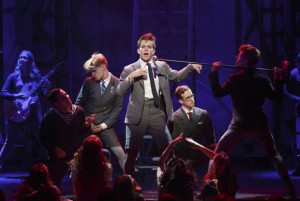 nk Wedekind’s 1891 play with music by Duncan Sheik”, book and lyrics by Steven Sater, the Tony-winning Spring Awakening boldly depicts how young people navigate the thrilling, confusing and mysterious time of their sexual awakening. The story centers around a brilliant young student named Melchior, his troubled friend Moritz, and Wendla, a beautiful young girl on the verge of womanhood” (Broadway.com). The revival has been open on Broadway since September 27th and has won or been nominated for many Ovation Awards during its L.A. Deaf West run, including Best Production of a Musical, Best Acting Ensemble of a Musical, Best Choreography, Best Direction of a Musical, and Best Lighting Design.
nk Wedekind’s 1891 play with music by Duncan Sheik”, book and lyrics by Steven Sater, the Tony-winning Spring Awakening boldly depicts how young people navigate the thrilling, confusing and mysterious time of their sexual awakening. The story centers around a brilliant young student named Melchior, his troubled friend Moritz, and Wendla, a beautiful young girl on the verge of womanhood” (Broadway.com). The revival has been open on Broadway since September 27th and has won or been nominated for many Ovation Awards during its L.A. Deaf West run, including Best Production of a Musical, Best Acting Ensemble of a Musical, Best Choreography, Best Direction of a Musical, and Best Lighting Design.